#Temminck's stint
Explore tagged Tumblr posts
Text



















Shallow waters with a marshy bottom on the North Sea - and there are plenty of wading birds. All very busy.
#photographers on tumblr#original photography#birding#bird photography#bird watching#wading birds#Katinger Watt#Redshank#Rotschenkel#Wood Sandpiper#Bruchwasserläufer#Sandpiper#Flussuferläufer#Ruff#Kampfläufer#Temminck's Stint#Temminckstrandläufer
98 notes
·
View notes
Text
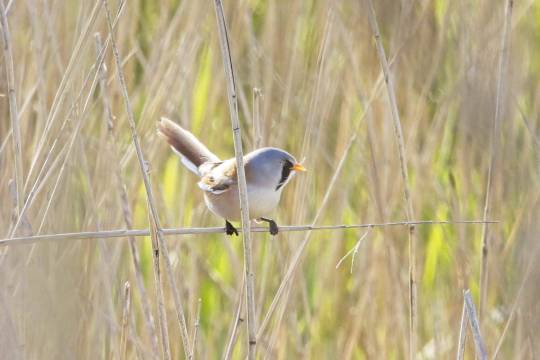



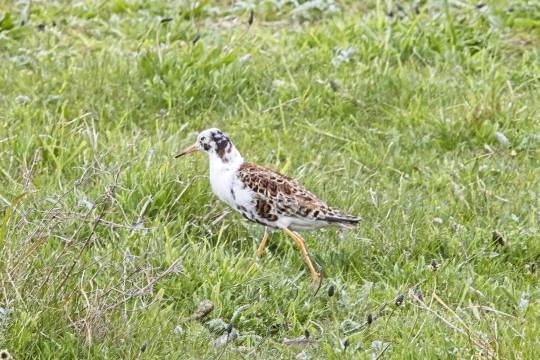

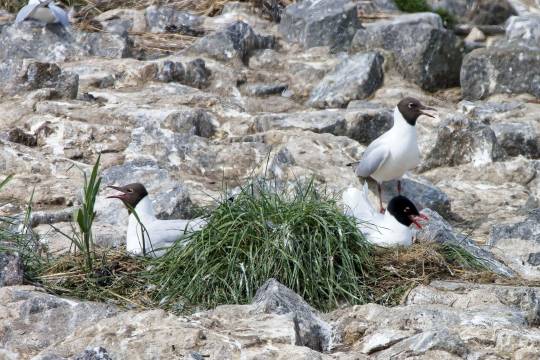
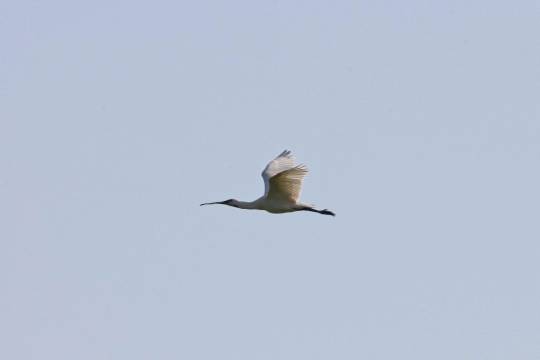

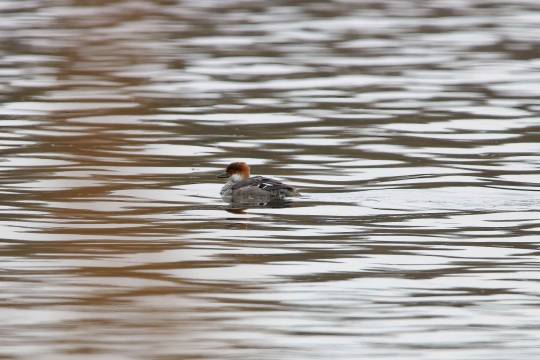
My personal highlights - 2023 - part 3:
Rare birds and first time sighting. I have been birding since I was a child and taking pictures of birds for more then two decades and yet, there are still a lot of first times. And the funny thing is that I am not one of those birders that actively looks for rare birds, it just happens. And this year was full of those first times. The pictures are not all perfect, but for me they are a reminder of the great feeling of seeing a kind of bird for the first time.
#bearded reedling#common redpoll#bluethroat#ruff#cuckoo#Mediterranean gull#Eurasian spoonbill#Temminck's stint#Smew#birds#bartmeise#birkenzeisig#blaukehlchen#kampfläufer#Kuckuck#Schwarzkopfmöwe#Löffler#Temminckstrandläufer#Zwergsäger
37 notes
·
View notes
Photo
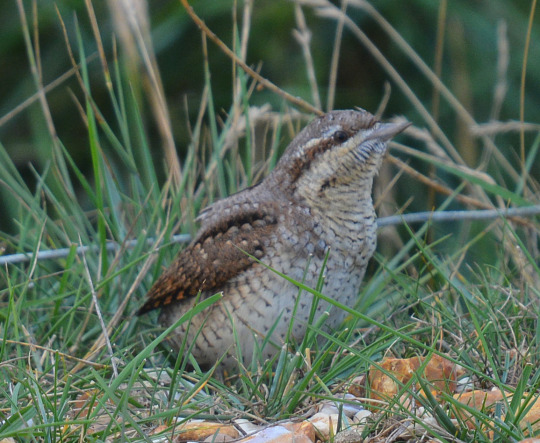

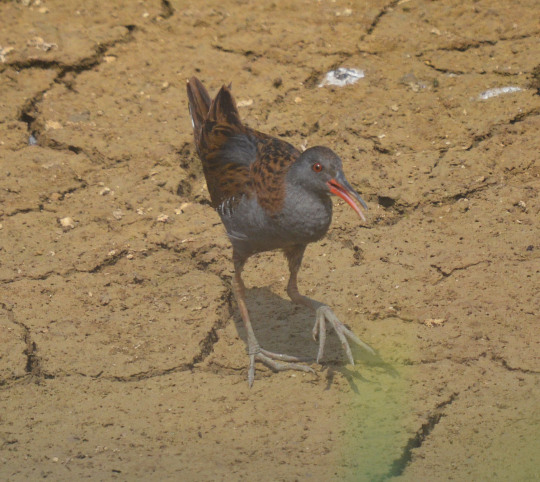
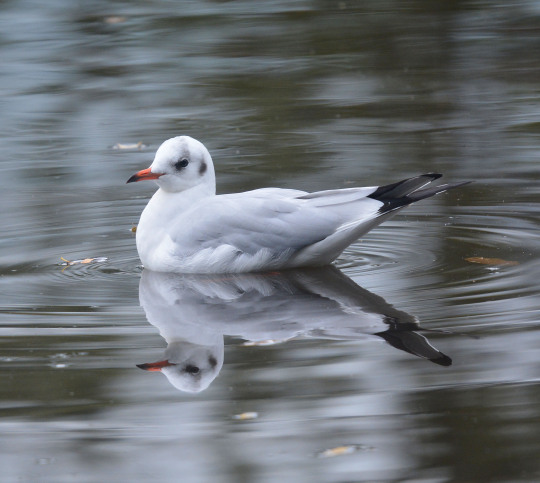

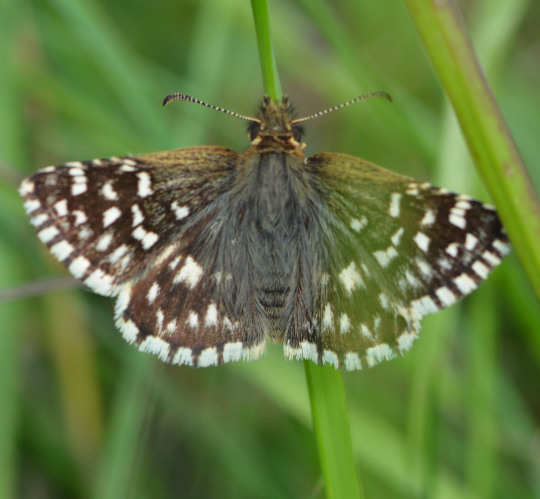



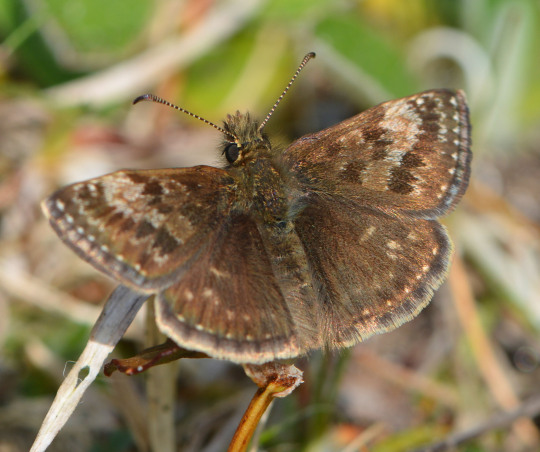
The eleventh and final post of my 2022 wildlife and photography highlights blogs: My bird and butterfly year in numbers
I wanted to end this year’s highlights blog thread by doing something I did enjoy doing from my old style highlights posts before I ended them, say a bit about the numbers of my year for my two most seriously taken year lists birds and butterflies which are always going to be a big factor of any assessment of the success of my wildlife watching year. And 2022 has been a hugely successful year for me, with my bird year list currently on 206 making it my highest ever bird year list which is something I am incredibly proud of. It has been a year of wonderful birding adventures and I have taken immense joy in building up this bird year list, really competing and ultimately beating my past year lists. For butterflies I saw 45 species making it my joint highest ever year list alongside 2021 and 2019. Repeating this was a delicate task as there’s only so many species I can afford not to see before it becomes not doable such is how much I saw in previous years and I had such fun getting everything lined up with species seen throughout the spring and summer months.
For my bird year list similarly to previous years it was a strong start, I saw my second highest ever amount of species after one day on New Year’s Day and I ended January on 125 species seen, my highest ever after a month of the year and level with my 2011 total which I was pleased with. It kept pace with my highest past year lists after that but the big moment to look back on was our April Pembrokeshire holiday where with the star seabird species targets of that week mixed in with migrant species we picked up it made my year list race ahead of where all of my others had been on those dates and it kept this position throughout my year after that which felt like something so special.
My butterfly year list kept pace with where my previous year lists had been on given dates and it was another year of butterflies for species seen I was over the moon with. For my three other year lists I keep; my dragonfly/damselfly year list this year is my joint second highest ever total alongside last year, my mammal year list is my joint highest ever total alongside 2019 and whilst I only began doing these again/seriously last year my moth year list this year is my highest ever with 40 species seen as in my amazing year of seeing moths this year they really came to the core of my interest. Of course it’s so much more than species names on a list, each entry represents a strong moment of connection to nature in seeing a species and a lot when considering every species of course I saw more than once. I love doing year lists and when I look back throughout my hobby in 2011 when I decided to start year lists mostly a birdwatching thing but I did it for the others too, it’s one of the best decisions I’ve made. The lists this year help paint the picture of why 2022 has been a phenomenal year of wildlife watching and photos for me and one of my best ever.
Finally, building on my other highlights posts the past few weeks; I have seen some sensational bird and butterfly species this year. From notable for patch Shoveler and Snipe at Lakeside, to Black-browed Albatross and Bee-eaters in Yorkshire and Norfolk, with Honey Buzzard, Bittern and Black-necked Grebe other highlights in between I have seen so many fantastic species. Purple Sandpiper, Whimbrel, Hobby, Black-throated Diver, Glossy Ibis, my 100th bird of the year Common Crane and 200th Wryneck, Brambling, Slavonian Grebe, Woodlark, Whooper Swan, Temminck’s Stint and Garganey were some of the many other standout species I saw this year. For butterflies ten key species I saw were Duke of Burgundy, my first ever Essex Skipper, Silver-spotted Skipper, Lulworth Skipper, Small Pearl-bordered Fritillary, Clouded Yellow, Purple Hairstreak, Purple Emperor, White Admiral and Marsh Fritillary. I took the first five pictures in this photoset of Wryneck at Lepe in September, Pied Flycatcher at Portland that month too, Water Rail at Rutland Water in July, Lapwing at Pig Bush in the New Forest in April and Black-headed Gull at Lakeside Country Park in October. I also took the final five pictures in this photoset of Grizzled Skipper at Martin Down in May, Speckled Wood at Lakeside in September, Holly Blue at Lakeside in May, Chalkhill Blue at Stockbridge Down in July and Dingy Skipper at Stackpole in April.
#photography#nature#uk#world#birdwatching#purple sandpiper#purple emperor#temminck's stint#lulworth skipper#year list#butterflies#butterfly#chalkhill blue#stockbridge down#lakeside country park#lepe#portland#portland bill#pied flycatcher#honey buzzard#bittern#wryneck#2022#reflections#year#highlights#highlight#common crane#glossy ibis#brambling
9 notes
·
View notes
Photo

Temminck's Stint (URN: 2145) by Phil Gower Bird Photography https://flic.kr/p/2oJeyH4
1 note
·
View note
Photo

Temminck’s Stint - Pilrito de Temminck (Calidris temminckii)
Vila Franca de Xira/Portugal (10/11/2021)
[Nikon D500 with AF-S Nikkor 500mm F5,6E PF ED VR; 1/1600s; F7,1; 400 ISO]
29 notes
·
View notes
Text

May 2, 2021 - Temminck's Stint (Calidris temminckii)
Breeding mostly in Scandinavia and Russia, these sandpipers migrate to parts of South and Southeast Asia, the Middle East, and northern Africa. Foraging alone or in groups of up to 30 birds, they feed on insects, their larvae, and some plants on their breeding grounds and annelid worms, crustaceans, and small mollusks on the coasts. They build shallow cup-shaped nests on the ground, in the open or in low vegetation. Females lay two clutches of eggs and each parent cares for one brood.
52 notes
·
View notes
Photo








オジロトウネン 2021.09.28
10 notes
·
View notes
Photo

Daily Bird: Temminck’s Stint
Range: rare appearances in western Alaska
More information: here
Photo: https : // upload . wikimedia . org/wikipedia/commons/6/6b/Temmincks_Stint.jpg
17 notes
·
View notes
Photo

Temminck's stint by khoitran
0 notes
Photo

Temminck's stint by khoitran Source: http://bit.ly/2FTXiXK
#Calidris temminckii#Temminck's stint#Bird#Nature#Nature pics#Nature photograph#Wallpaper#Water#4K 21
0 notes
Photo

Temminck's Stint https://www.instagram.com/p/CaxZgFwvMhc/?utm_medium=tumblr
6 notes
·
View notes
Photo

Leimonites Temmincki - Temminck's Stint, John Gould, Brooklyn Museum: European Art
Size: Sheet: 21 1/4 x 14 1/2 in. (54 x 36.8 cm) Medium: Lithograph on wove paper
https://www.brooklynmuseum.org/opencollection/objects/84283
6 notes
·
View notes
Photo

Temminck's Stint, Magnus von Wright, 1829, Finnish National Gallery
http://kokoelmat.fng.fi/app?si=C+IV+887
5 notes
·
View notes
Photo

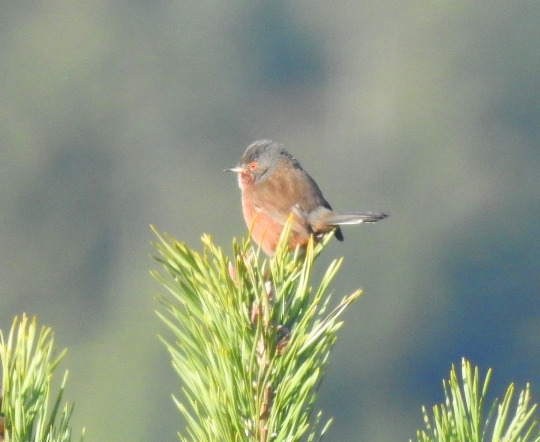
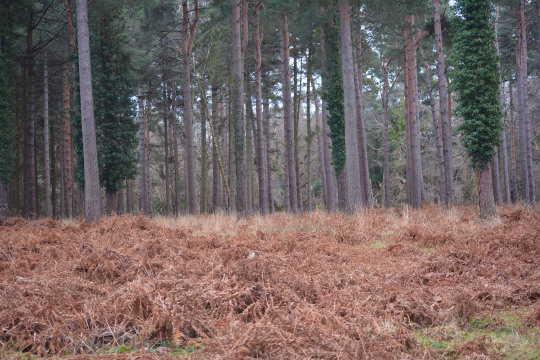



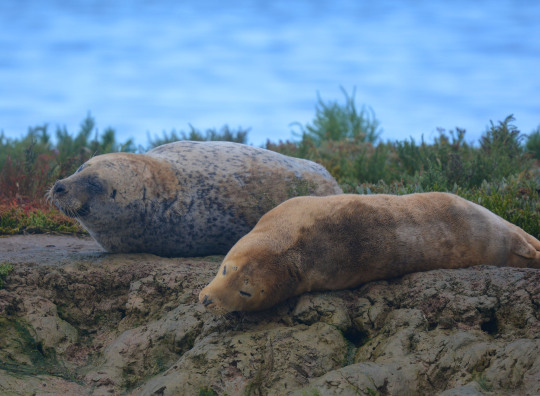


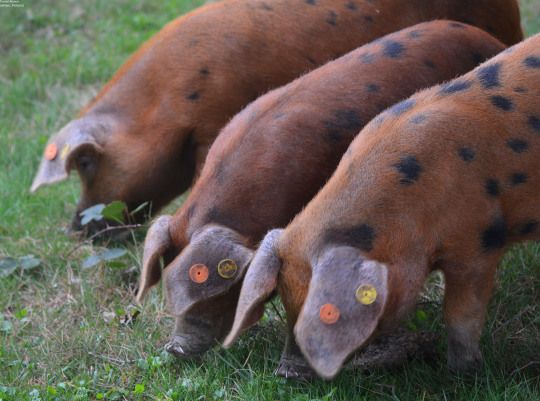
Post seven of my wildlife and photography highlights of 2022 posts: Ten standout moments/themes in our visits to the New Forest this year
Seeing Jack Snipe, Sparrowhawk and Bramblings at Milkham in January having seen Goosander at Eyeworth Pond earlier that day
A key winter day of birds for me. I took the first picture in this photoset of a view at Milkham.
Blog on the day: https://dansnaturepictures.tumblr.com/post/673572518539509760/16012022-nice-sky-at-home-and-eyeworth-pond-and
Seeing the iconic for the forest Dartford Warbler, Woodlark, my first butterfly of the year a Red Admiral, my first Fallow Deers of the year and more at Backley Bottom in January
What I look back on as one of the days of my wildlife year on a sunny day. I took the second picture in this photoset of the Dartford Warbler.
Blog on the day: https://dansnaturepictures.tumblr.com/post/674840159542525952/30012022-backley-bottom-in-the-new-forest
Seeing Sika Deers at Hawkhill in February, the same day as seeing Bittern, Cetti’s Warbler and Great White Egret and more at Blashford Lakes
What a day! I took the third picture in this photoset of a view at Hawkhill that day.
Blog about it on the day: https://dansnaturepictures.tumblr.com/post/675475985682104320/06022022-bittern-cettis-warbler-great-white
Seeing Lesser Spotted Woodpecker and Goshawk at Millyford Bridge on an early sunny morning in March
Like the above this one overlaps into others of my highlights posts this year but I just had to mention it, one of my greatest ever wildlife watching moments in the New Forest so true to the oasis of wild this national park is. I took the fourth picture in this photoset of a view there on that fine sunny March morning.
Blog on the day: https://dansnaturepictures.tumblr.com/post/679189994727981056/19032022-blog-1-of-2-morning-in-the-new-forest
Seeing Crossbills including young being fed, Cuckoo really well as well as Spotted Flycatcher, Redstart and Fallow Deer on a walk in the Cadman’s Pool/Fritham area in May
Another of my favourite afternoons of the year, epic New Forest wildlife to see on a packed day. I took the fifth picture in this photoset that day of Crossbills.
Blog on the day: https://dansnaturepictures.tumblr.com/post/684349837303513088/15th-may-2022-a-brilliant-walk-of-birds-and-more
Going on a boat trip along the Beaulieu River with Wild New Forest seeing Honey Buzzard as shown in the sixth picture in this photoset and lots more then walking at Godshill that afternoon seeing Silver-studded Blue, Keeled Skimmer, Beautiful Demoiselle another Cuckoo well and more in June.
Sandwich Tern, Sanderling, Avocet, Roe Deer and Moon Jellyfish other highlights on the boat trip.
A blog on the day: https://dansnaturepictures.tumblr.com/post/686163358563663872/040622-blog-2-of-2-godshill-in-the-new-forest
Doing a longer Beaulieu River boat trip with Wild New Forest in September going to Newtown Harbour on the Isle of Wight too, getting amazing views of Grey Seal and Common Seal I took the seventh picture in this photoset that day of seals and seeing Osprey, Peregrine, Gannet, many Sandwich Terns and Swallows, Bar-tailed Godwits, Curlews and more
Little Egret, Common Sandpiper, Ringed Plover and Sparrowhawk were other wildlife highlights of a smashing day of beautiful views and epic wildlife, being a list of species seen bringing together many species I haven’t often seen in the same day, it was one of my days of the year.
Blog on the day: https://dansnaturepictures.tumblr.com/post/695040054085795840/10th-september-2022-blog-1-of-2-boat-trip-with
Visiting Lymington-Keyhaven nature reserve and Blashford Lakes across the year
From seeing a Temminck’s Stint on fishtail lagoon at the former in May to Red-crested Pochard, Hobby and Long-tailed Duck at Blashford later that month and much more in between, I could not present highlights of a year visiting the New Forest without mentioning these two of its fantastic nature reserves I love and are places I see so much at. I took the eighth picture in this photoset of a view at Pennington in May.
A blog on these this year: https://dansnaturepictures.tumblr.com/post/674752826495418368/29012022-blog-2-of-2-pennington-this
A classic wild trip out at Pig Bush and a week of tranquil New Forest walks also going to Acres Down, Ashley Walk and Ibsley Common in our September week off
The sense of peace I found being in the middle of nowhere on these walks summed up much I love about the New Forest. At Pig Bush seeing loads of Spotted Flycatchers and Swallows, Redstart, Clouded Yellow butterfly and devil’s-bit scabious were amazing moments and I saw some of these at the other places in that week too. I took the ninth picture in this photoset of a view at Acres Down.
A blog at the time: https://dansnaturepictures.tumblr.com/post/695128531043270656/11092022-pig-bush-in-the-new-forest-and-bits-at
Autumn in the forest: Pigs out for pannage one of my favourite parts of a New Forest year, wonderful mushroom walks and seeing Fieldfares
I saw pigs first this year and very well at Shatterford where I took the tenth picture in this photoset of them, seeing them travelling through the forest too. The amazing walks at various spots seeing so many mushrooms and a brilliant walk at Leaden Hall especially seeing the Fieldfares were other strong memories of a time I pleasingly visited the forest so much.
A blog at the time: https://dansnaturepictures.tumblr.com/post/699571903919194112/30102022-leaden-hall-in-the-new-forest-we-had-a
#photography#new forest#wildlife#nature#uk#happy#fieldfare#crossbill#woodlark#brambling#dartford warbler#shatterford#blackwater#bolderwood#turf hill#godshill#milkham#pannage#woods#woodland#landscape#birdwatching#birding#world#acres down#green#swallow#bar-tailed godwit#pig#grey seal
3 notes
·
View notes
Photo

Temminck’s Stint - Pilrito-de-Temminck (Calidris temminckii)
Vila Franca de Xira/Portugal (3/11/2020)
[Nikon D500; AF-S Nikkor 500mm F5,6E PF ED VR with Nikon AF-S TC-14E III; 1/1250s; F8; 400 ISO]
16 notes
·
View notes
Text
Sambhar Salt Lake

An environmental disaster of an unprecedented level has caused the deaths of thousands of migratory and local bird species at the Sambhar Lake. The reason has been established as Avian Botulism, a neuromuscular disease, that causes paralysis brought on by the Botulinum Neurotoxin upon ingestion. Around 18 thousand carcasses of various migratory and local bird species have been buried in Jaipur and Nagaur district all together till now. Avian Botulism is quite common in birds and many incidents have occurred in the past, reported from different parts of the world including Chilika Lake in India, Manitoba, and Saskatchewan in Canada. However, what has been witnessed in Sambhar was the worst of all.
Of about 200 sq. Km, Sambhar Lake is the largest Inland Saltwater Lake located around 80 KM southwest of Jaipur spread across three districts Jaipur, Nagaur, and Ajmer in the state of Rajasthan. The historical Town of Sambhar creates an entrance to the salt pans where a staggering 2,10,000 tonnes of salt production takes place every year. The lake is divided into three sections starting with Shaheed Bhagat Singh Salt Pan where most of the salt production facilities exist, further, we can find Shakambari Jheel where the famous Shakambari Devi Temple resides next to a hill just at the periphery of the lake overlooking vast salt flatlands. Ultimately, it concludes at the Maa Devyani Salt Lake.
A history withholding 1500 years of salt production passed down from various rulers such as the Rajputs, The Mughals, The Britishers, the local communities and finally the Government of India, during different periods in past can now be seen enduring a general degradation and reduction of water accumulation at the Lake. Reason being, unwarranted construction of check dams and diversion of river water for agricultural use by the residents of nearby towns and villages.
The route to sambhar goes through the town of Phulera which can be accessed using the Ajmer express highway by taking a right on reaching Mahlan if missed the next right can be taken at Mokhampura, approaching from Jaipur. If progressing from Ahmedabad(Gujarat), one can reach Ajmer and further their journey crossing Kishangarh. Mostly, individuals advancing from the east can simply reach Jaipur and then take their journey forward accordingly.
Ultimately, to assess the aftermath of the massacre manifested at the lake, we planned upon a trip. Our journey suffused with fog started around 8:30 on 29th December 2019 in the morning.
Further, on our way to witness the disastrous remnants of previously mentioned ruination, we came across detrimental mining activities whereupon the whole mountains could be seen depleted into rubble. Approaching the Sambhar lake we took a quick detour to explore Devyani Temple situated adjacent to the lake. At first glance on entering, we witnessed a pond infested with algae and partially dead lotus plants at the center surrounded by the local architecture. After exploring a bit we decided to leave for Sambhar Lake.

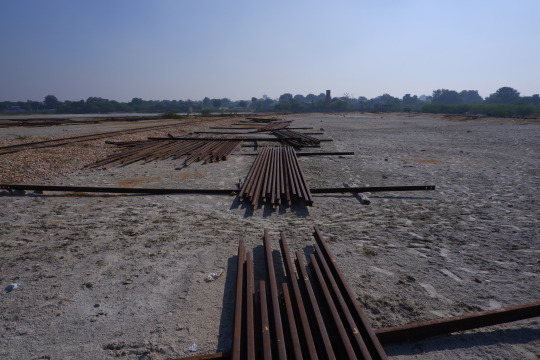
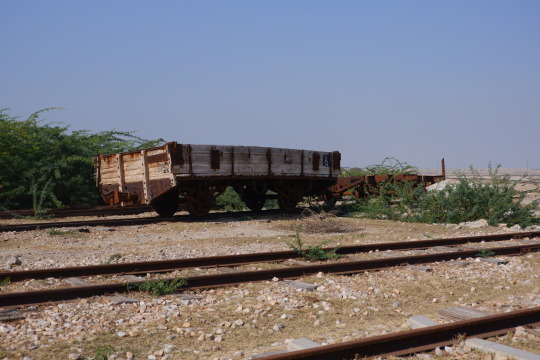

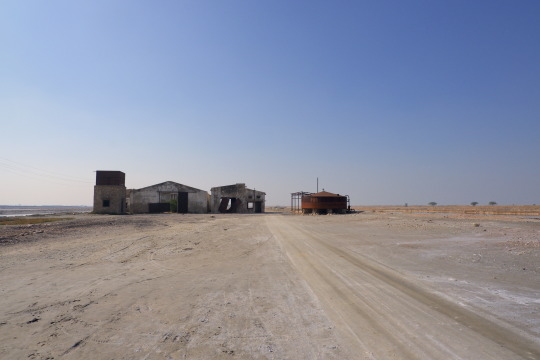
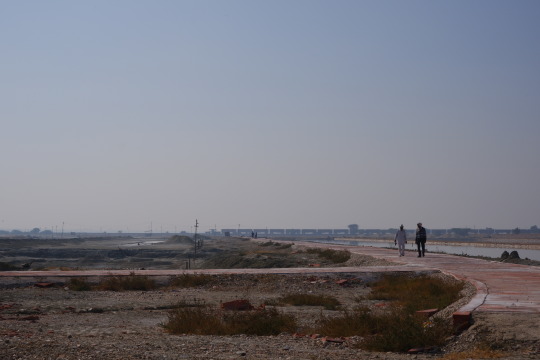
Our first encounter with the lake gave us to scan over salt quarries and relics of the railway tracks and abandoned bogeys, which are part of the salt production facilities existing at the Shaheed Bhagat Singh Salt Pan. Moving forward, we left for the infamous salt flatlands spread across in front of the Shakambari Devi temple which is 22 km from the salt pan itself. Driving, we reached and parked the car in one part of the lake and decided to tread on feet, this vast expanse of nothingness. We were expecting a healthy amount of birds, migratory and local, consisting of avocets, stilts, plovers, and coots accompanied by the inquiring birdwatchers but to our surprise, very few members of the human race and their vehicles scattered could be seen at the salt flatlands. At a distance, one could see some birds frolicking in the waters. We came across many feathers of birds and a carcass, presumably of a sandpiper, stuck upon a lone stone, as an evident reminder of disaster struck upon the lake, a sad tragedy involving outrageous numbers of migratory and local bird species.
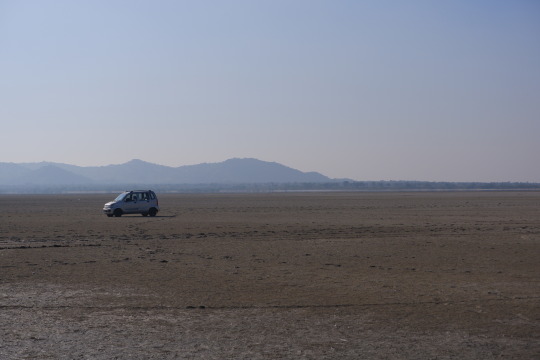



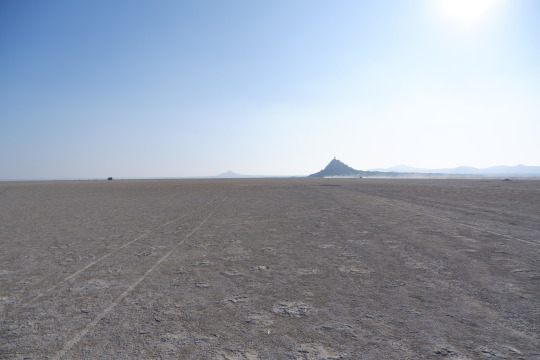
There is no milestone that birds can use, unlike humans. To navigate the free winds and space they make use of their genetic inherent qualities or they might use their sight, sound, and smell. Theories ranging from quantum entanglement to genetic coding are trying to explain this mystery but till now, nobody really knows how birds navigate their migratory routes - only hypothesis and speculations galore.
Birds like Gull-billed Tern, a completely white with grey feathers, orange legs and beak, and a black cap, migrates 6000 kilometers all the way from Spain, traversing Italy and then Greece eventually traveling to the Persian Gulf, leading to Tropical Africa and finally making their journey through the Indus Plains of Pakistan and India it lands in Sambhar. Another bird called the Temminck’s Stint is a small wader with mainly plain brown upperparts and head with white underparts, travels from Scandinavia and Russia, and spends its winters in Sambhar. The lake holds much importance amongst the astonishing numbers of migratory species visiting for wintering. The majority of them that visit Sambhar during winters are from Europe and Central Asia consisting of Sandpipers, Ruffs, Plovers, Coots, Common Teals, Northern Shovelers, Gadwalls, Gull-billed terns, and Redshanks.
Contemplating over the distances traveled and the variety of species arriving at the lake one can assess how much the catastrophe must have affected the bird population world over. The deaths of innocuous avian species at such an unprecedented level due to the degrading ecology should be enough to capture people’s imagination and force them to envision or conjure up a solution so that the situation we are in doesn’t deteriorate. Such extreme events conspired due to the unhealthy climate and environment is in itself a grave reminder that such profound holocausts are inevitable unless we take cognizance of the dire situation we are in.
1 note
·
View note